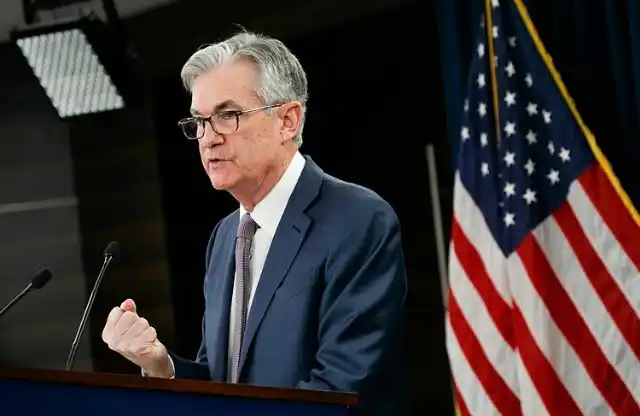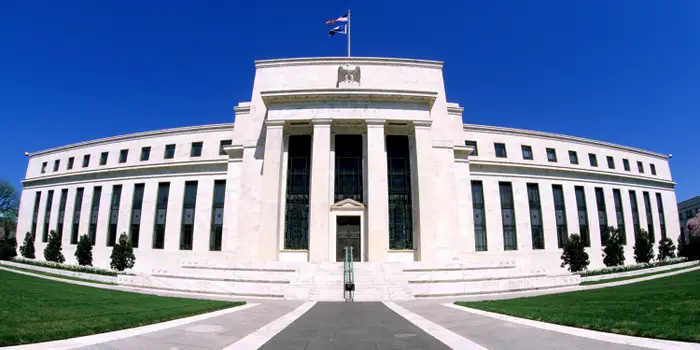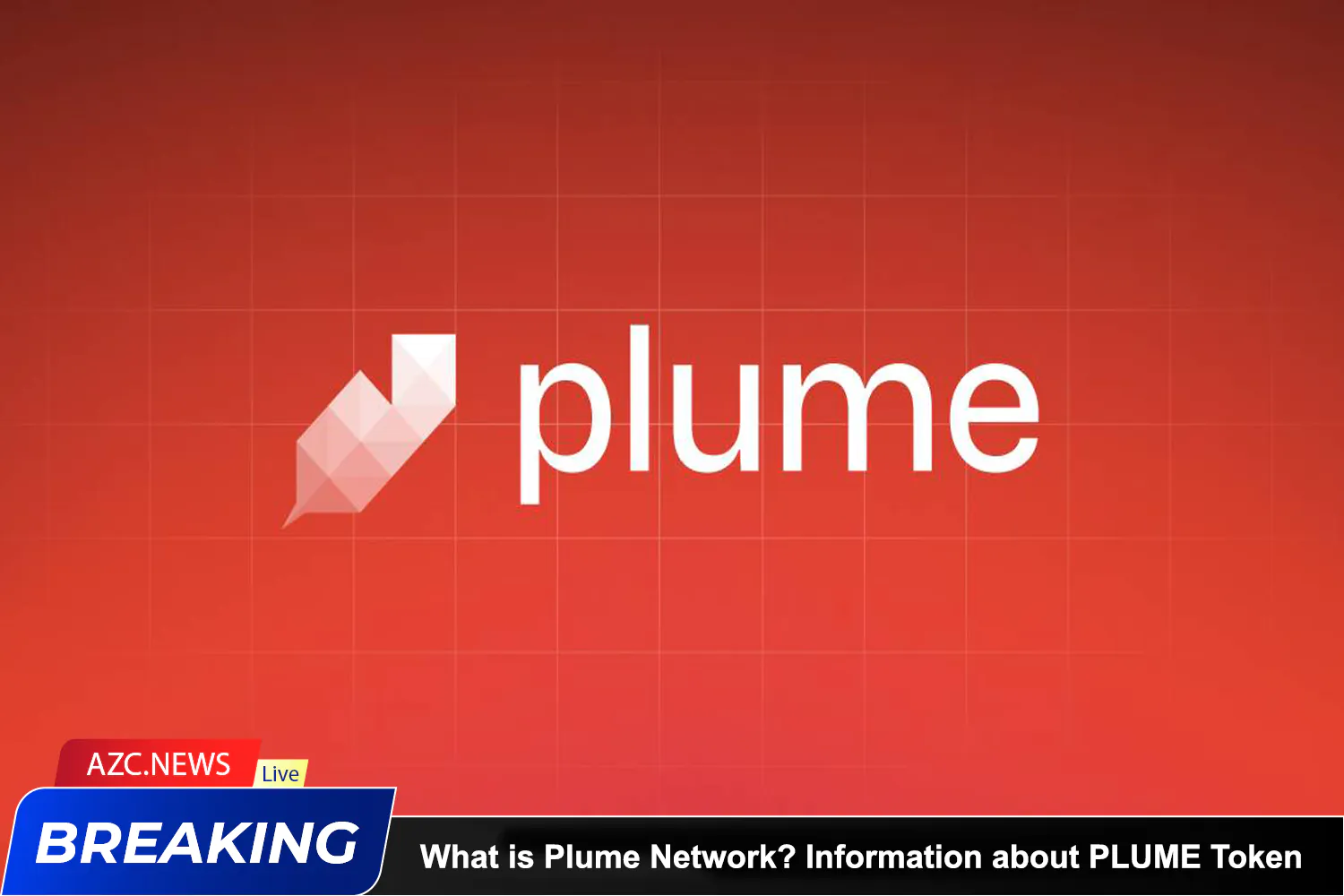In the world of cryptocurrency, there are many factors that can influence its volatility and performance. One such factor that often grabs the attention of crypto enthusiasts and investors is the Federal Reserve, commonly known as the Fed. But what exactly is the Fed, and how does it impact the crypto market? In this article, we will delve into the role of the Federal Reserve and its effects on the crypto market.
What is the Federal Reserve (Fed)?
The Federal Reserve, often referred to as the Fed, is the central bank of the United States. Established in 1913, its primary purpose is to manage the nation’s monetary policy and ensure the stability of the financial system. The Fed is responsible for regulating the supply of money, controlling interest rates, and supervising banks. It plays a crucial role in the overall economic stability of the United States.
The Fed’s decisions, particularly regarding interest rates and monetary policy, have a significant impact on traditional financial markets such as stocks and bonds. When the Fed raises or lowers interest rates, it can influence borrowing costs, consumer spending, and investor sentiment. These changes in the traditional financial markets can indirectly affect the cryptocurrency market as well.
Related: Top 5 Crypto New Website?
Fed’s Influence on Cryptocurrency
Federal Reserve does not have direct regulatory authority over cryptocurrencies like Bitcoin or Ethereum. Cryptocurrencies operate on decentralized networks and are not under the control of any central authority. However, the actions and policies of the Fed can indirectly affect the crypto market in several ways.
– Market Sentiment: The Fed’s announcements and decisions can impact market sentiment. For example, if the Fed announces a cut in interest rates to stimulate economic growth, it can lead to increased confidence in riskier assets like cryptocurrencies. Investors may view cryptocurrencies as a hedge against traditional financial instability.
– Inflation Concerns: The Fed closely monitors inflation rates and adjusts its policies accordingly. In times of rising inflation, investors may turn to cryptocurrencies as a store of value, similar to gold. This can drive up demand for cryptocurrencies.
– Regulatory Developments: While the Fed does not directly regulate cryptocurrencies, it can influence regulatory discussions. Federal agencies, including the Securities and Exchange Commission (SEC) and the Commodity Futures Trading Commission (CFTC), oversee aspects of the crypto market. The Fed’s stance on cryptocurrencies can indirectly impact regulatory decisions.
– Global Economic Factors: The Fed’s policies can also affect the global economy, which, in turn, can influence the crypto market. For instance, if the Fed’s actions lead to a stronger U.S. dollar, it can impact the prices of cryptocurrencies, which are often traded against major fiat currencies.
Conclusion
In conclusion, while the Federal Reserve does not directly control cryptocurrencies, its actions and policies can have a ripple effect on the crypto market. Investors in the crypto space should keep a close eye on the Fed’s decisions, as they can provide valuable insights into market sentiment and potential investment opportunities.
Frequently Asked Questions
1. Does the Federal Reserve have any direct control over Bitcoin or other cryptocurrencies?
No, the Federal Reserve does not have direct control over cryptocurrencies. Cryptocurrencies are decentralized and operate independently of central banks.
2. How can the Fed’s decisions impact the price of cryptocurrencies?
The Fed’s decisions, such as changes in interest rates or monetary policy, can influence investor sentiment and market confidence, indirectly affecting the price of cryptocurrencies.
3. Are cryptocurrencies considered a safe haven during economic uncertainties influenced by the Fed?
Cryptocurrencies are sometimes viewed as a hedge against economic uncertainties, and their demand may increase during times of instability, including those influenced by the Fed’s policies.
4. Does the Federal Reserve play a role in cryptocurrency regulations?
While the Fed does not directly regulate cryptocurrencies, its stance and policies can indirectly influence regulatory discussions and decisions.
5. How can I stay updated on the Fed’s decisions and their potential impact on the crypto market?
You can stay updated on the Federal Reserve’s decisions by following financial news sources and monitoring official statements and press releases from the Fed.








